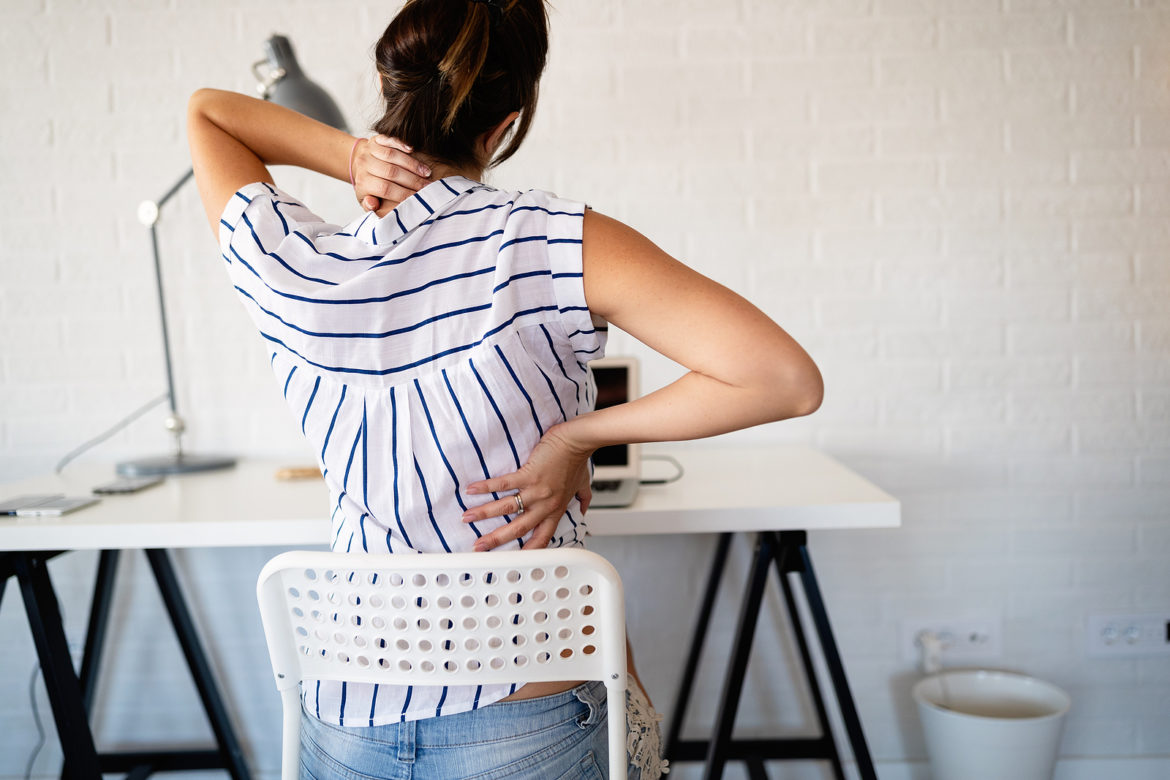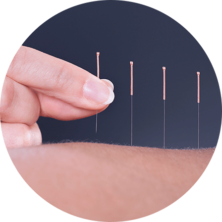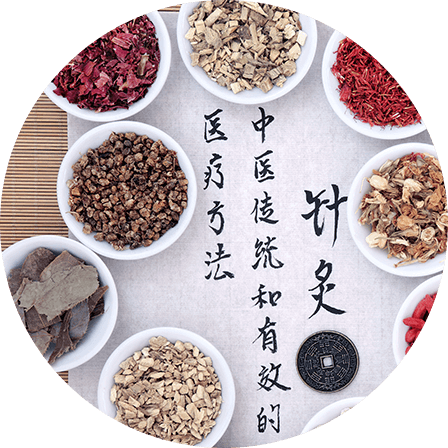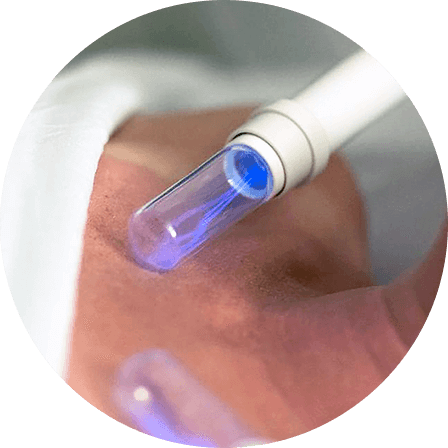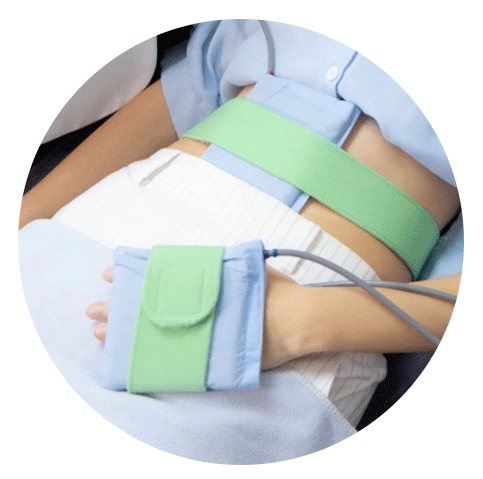Back pain is a common health problem in the modern society
Many people seek TCM treatment for pain conditions. While pain can occur in every part of the body, back pain is one of the more common issues that we see in our patients. Research has shown that approximately 15% to 30% of adults suffer from back pain each year. [1][2] This roughly translates to one out of five adults reportedly having back pain annually!
The back covers a huge area, starting from just below the neck all the way to the tailbone. This area can be further divided into three segments, namely upper back (connecting to the neck), mid-back and lower back (connecting to the hip, tailbone, and buttocks). [3] It is important to identify the location of back pain as the causes of pain, treatment given as well as advice for rehabilitation would vary accordingly.
Back pain locations and common causes
| Area | Location | Common Causes |
| Upper Back | 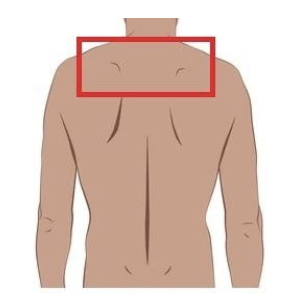 |
|
| Mid Back | 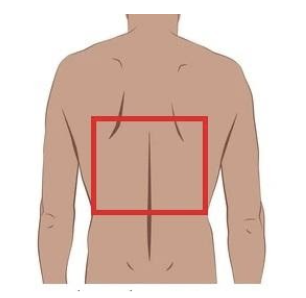 |
|
| Lower Back | 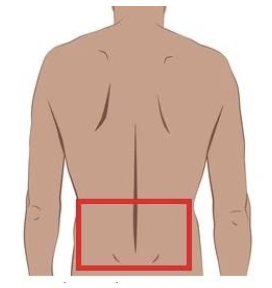 |
|
Back pain in different age groups
In the past decade, there have been reports of back pain in young people rising and this coincides with our observation during clinical practice. [4][5] Most of the back pain observed in this young population are musculoskeletal in nature and recovers well with appropriate treatment, rest and change in poor lifestyle habits.
In contrast, back pain in older adults tend to be chronic and recurring – existing evidence suggests that the prevalence of severe and chronic back pain increases with age.
Seniors are more likely to develop certain pathologies such as osteoporotic vertebral fractures, tumours, and spinal stenosis. This coupled with various age-related physical, psychological, and mental changes (e.g. spinal degeneration, comorbidities, physical inactivity, age-related changes in central pain processing, and dementia), make the seniors more susceptible to back pain.
Therefore, it is important for seniors to get the cause of their back pain diagnosed and treated promptly to prevent the development of debilitating and serious complications.
Understanding back pain from TCM perspective
Many people turn to TCM treatment for back pain relief. Symptoms of back pain include localized pain, swelling, stiffness, tightness, and tenderness to touch.
Upper back pain
Can be associated with headache, numbness in the hand
Low back pain
May also refer to areas down the legs or can cause numbness/weakness in the legs
There are many factors causing back pain, and these can be divided into two main categories: external factors and internal factors. Internal factors predispose the body in a vulnerable state (soft tissue weakness and tightness) where injuries are more likely to occur. External factors, on the other hand, are direct insults to the body which result in the stagnation of Qi and Blood in the meridians. Stagnation of Qi and Blood means poor circulation to the muscles, tendons, ligaments, and bones at the back. This results in pain, stiffness and swelling.
| External factors | Internal factors |
| Exposure to Wind, Cold, Dampness | Old age |
| Sprains and strains from poor posture, trauma, overuse or overexertion of force | Sedentary lifestyle and lack of exercise |
| Poor diet and malnutrition | |
| Late-night sleep and insufficient rest |
TCM home remedies for back pain relief
Acupressure massage
It is important to identify the painful regions and use the corresponding acupressure points so that it will be effective. Recent studies support the use of acupressure for back pain relief as it improves pain and fatigue symptoms [6], is low risk, low cost and easy to administer.
How to massage your acupoints at home:
- Get into a comfortable position and relax your body and mind
- Firmly press on acupoint in a circular or up-and-down motion for about 3 minutes at a time
- You should feel a dull, aching sensation but not excessive pain from pressing too hard
| Back pain location | Acupressure point | |
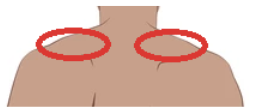 |
|
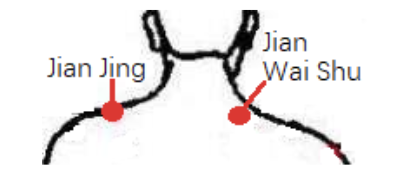 |
|
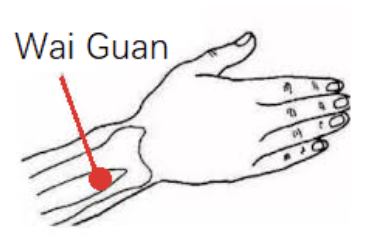 |
|
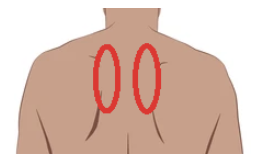 |
|
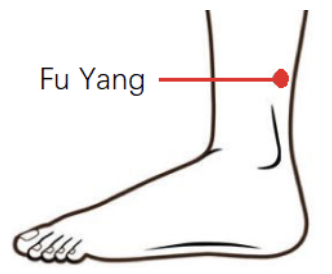 |
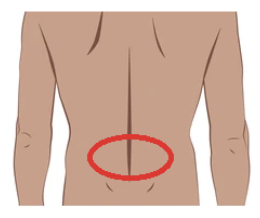 |
|
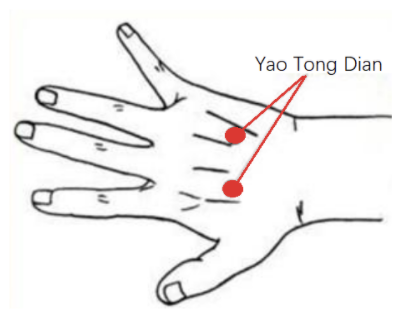 |
Exercises for back pain relief
Below are some exercises to relieve back muscle tightness to keep them supple and reduce strain on the back. You should do them daily and as frequently as needed. Try to relax while doing the exercise, feel your body loosening as you stretch and do not rush through the exercises.
| Location | Back exercise | |
| Upper back | Chin tuck
Sit in a chair with your feet flat on the floor. Your shoulders should be relaxed and down. Now pull your chin in toward your neck. Count to five, then relax. Repeat 10 times. |
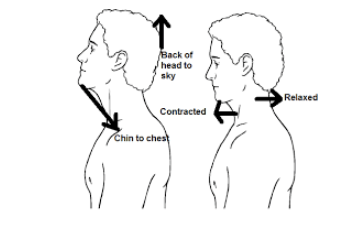 |
| Chest and upper back stretch
Clasp your hands behind your back or behind the back of your chair and stretch your chest forward. Slowly lift your head and stretch as far back as possible. Hold for at least 10 seconds. Repeat 5 times. |
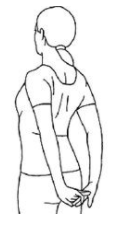 |
|
| Low back | Low back twist
Lie down on the ground. Bend your knees with both feet planted on the ground, hip-width apart. Drop your knees to the left as you turn your head to the right. Hold for 10 seconds. Then drop your knees to the right and turn your head to the left. Hold for 10 seconds. Repeat 5 times. |
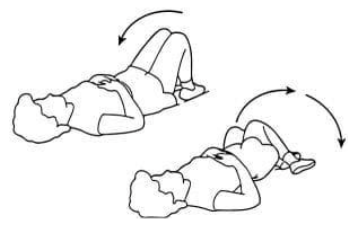 |
Foods that can help to relieve back pain
Not all back pain is the same. Some back pain comes on suddenly, they are sharp and unbearable usually due to sprain and strain or misalignment in the joint. Other back pain might be a dull, aching pain of chronic nature which worsens with fatigue and improves with rest or when being massaged.
For sharp and sudden back pain
Herbs the enhance blood circulation (e.g. Myrrh 没药) and strengthen sinews (e.g. Achyranthes 牛膝) are great in relieving pain and promoting recovery.
For dull aching type of back pain
Also known to be a deficiency back pain where Liver and Kidney Qi (energy) is lacking due to overwork, lack of rest, sleeping at late hours and lack of exercise. Certain foods such as Eucommia bark 杜仲 and Psoralea 补骨脂 tonifies the Kidney and strengthens the back, reducing the frequency and extent of back pain.
Lifestyle tips
- Avoid blowing wind (from fan/air conditioning) directly at the body especially when you are feeling hot and perspiring.
- Air-conditioning in the room should be kept at around 25°C and any moisture on the body should be wiped off promptly.
- Sleep early and have ample rest.
- Remind yourself to maintain good resting and working posture at all times.
- If you have cramps easily and is afraid of the cold, avoid cold drinks, ice cream, cold vegetables (e.g. bitter gourds and Chinese cabbage) and cold fruits (e.g. watermelons).
- Stay active and do not stay sedentary in one position for prolonged periods. Try swimming, it is a great option for your back and does not hurt your joints. [7]
How do we help patients with back pain here at Oriental Remedies Group?
Sometimes, back pain may persist or even worsen despite DIY methods such as applying pain relief plaster and doing stretching. These back pains are usually more complicated and need treatment to loosen the knotted fascia, correct spinal misalignment before healing can take place. Below are some effective treatment modalities which we use in the clinic to manage back pain:
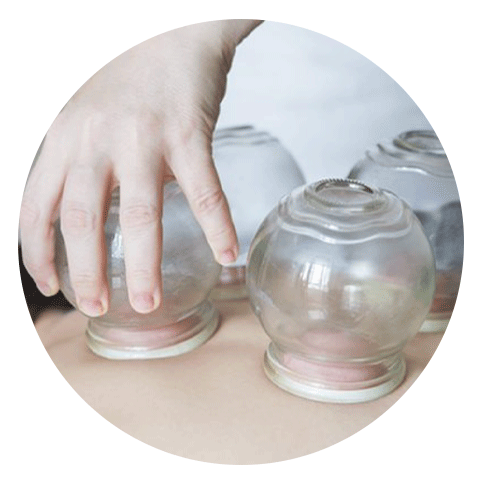
Cupping
Cupping is commonly used to treat pain, ease scar tissue deep within muscles and connective tissues, and reduce swelling and muscle fascial knots. In a systematic review of 611 studies, cupping therapy has shown positive results on chronic back pain. [8]
“The vacuum produced from cupping causes a localized expansion of the tissue. This facilitates a profound vasodilation reaction to increase circulation/blood flow to painful constricted areas. Increased circulation improves oxygen supply and cell metabolism, which reduces inflammatory (or toxic) substances.” — Raleigh Harrell, L.Ac
Inflammation is one of the factors causing pain; a reduction in inflammation would lead to pain relief in your affected areas.
Acupuncture
National Institutes of Health shares that studies suggest acupuncture may ease types of pain that are often chronic such as neck pain, low back pain, and joint pain. [9] It may also help reduce the frequency of tension headaches and prevent migraine headaches.
Acupuncture is the insertion of fine, thin needles through the skin, particularly at acupoints to help stimulate the body and promote self-healing. Acupuncture typically increases blood circulation to the area, promotes elasticity of muscle fibres and improves muscular contractility.
The aim is to clear meridian blockages, correct imbalances of Yin and Yang within the body so that self-healing can take place. More recently, modern physiologists have put forward the “neural hypothesis” stating that acupuncture stimulates sensory nerves that provide signals to the brain, to influence the release of neural hormones that can improve mood and a person’s pain threshold – allowing them to feel less pain. [10]
Herbal Medication
Qi or Blood stagnation (气滞/血瘀) is one of the most common origins of pain in TCM. Herbs that promote Blood circulation and eliminate stasis (活血化瘀药) [11] are often used to nourish joints and facilitate the flow of Qi and Blood.
For example, Corydalis 延胡索 is a herb used for traumatic injuries and has a good analgesic effect on many types of pain, including chest and gastric pain, as well as menstrual irregularities and dysmenorrhoea. [12]
Electro-Lymphatic Therapy (ELT)
ELT is a gentle and non-invasive therapy that helps to stimulate proper flow and drainage of the lymphatic system through the use of an FDA-registered wellness device. This therapy is effective in fighting inflammation and reducing swelling which is beneficial for pain management.
ELT breaks down lymphatic congestions in the body, amplifying the body’s detoxification process especially at tissues surrounded by the lymph.
As such, patients report that ELT helps them in the removal of metabolic wastes, toxins, excess water, and helps balance hormones, restores circulation, all of which helps to manage pain.
Cell Pro Therapy (CPT)
At Oriental Remedies Group clinics, we use a wellness device (the same device is used in many hospitals in Japan) that directly supplies the body with a high density of negative ions to help the body recover its self-defence capabilities. Negative ions, specifically electrons, can help combat free radicals and reduces inflammation, swelling and pain symptoms.
Your healing is the most important!
In Oriental Remedies Group, we have more than 10 certified bi-lingual TCM Physicians. Each of them has been trained in both Nanyang Technological University (Singapore) and China for a minimum of 5-8 years, in both Biomedical Science and TCM before being certified to practice in Singapore. Specifically, we have Physician Yan who specializes in using acupuncture for pain management.
Some back pains that do not recover might become chronic and persist for months. It is therefore important to address them promptly and appropriately so that they do not worsen and manifest into an ongoing chronic pain that dampens your quality of life. By combining Traditional Chinese Medicine therapies and expertise with technology-enhanced therapies, we strive to provide the best care possible in your journey with us.
Please contact us at +65 8087 0486 for a personalized consultation.
Note: All words in Italics refer to the TCM organ-system and not the anatomical organ referenced in western medicine.
Disclaimer:
The information on this page is for information and educational purposes only. Such medical information may relate to disease, injury, drugs and other treatments, medical devices and/or health products. Medical information does not amount to advice, and if advice is needed an appropriate professional help should be sought. The disclaimer asserts that no warranties or representations are given in respect of the medical information, and that the website operator should not be held liable if a user suffers any injury or loss after relying upon the medical information.
All wellness assessments and technology-enhanced therapies using wellness device(s) are intended for use only for general well-being purposes or to encourage or maintain a healthy lifestyle, and it is not intended to be used for any medical purposes (such as detection, diagnosis, monitoring, management or treatment of any medical condition or disease). Any health-related information provided by these devices should not be treated as a medical advice. Please consult a physician for any medical advice required.
Sources:
1. J Occup Med. 2015, 65, 753-757. Neck and upper back pain among eye care professionals. By Al-Juhani, M.A.-M.; Khandekar, R.; Al-Harby, M.; Al-Hassan, A.; Edward, D.P.
2. Rheumatol. Int. 2019, 39:619-626. Real-world incidence and prevalence of low back pain using routinely collected data. Francis Fatoye; Tadesse Gebrye; Issac Odeyemi.
3. Upper Back Pain Center – Symptoms Causes Treatments (spineuniverse.com)
4. Back pain in young people rising, say experts – BBC News
5. Victims of lower back pain are getting younger | The National (thenationalnews.com)
7. https://healthnip.com/back-pain/relieving-the-back-pain-do-it-yourself-methods/
8. Rev Lat Am Enfermagem. 2018; 26: e3094. Cupping therapy and chronic back pain: systematic review and meta-analysis. By Caroline de Castro Moura, Érika de Cássia Lopes Chaves, Ana Carolina Lima Ramos Cardoso, Denismar Alves Nogueira, Hérica Pinheiro Corrêa, and Tânia Couto Machado Chianca
9. https://nccih.nih.gov/health/acupuncture/introduction#hed3
10. J Acupunct Meridian Stud. 2010 Jun; 3(2): 67-74 Defining Meridians: A Modern Basis of Understanding. By John C.Loghurst
11. Singapore Med J 2018; 59(5): 230-239. Traditional Chinese medicine: herb-drug interactions with aspirin. By Jia Wei Lim, MBBS, Siow Xian Chee, BSc, BMed, Wen Jun Wong, BMed, Qiu Ling He, BTCM, Tang Ching Lau, MMed
12. Singapore Med J 2018; 59(5): 230-239. Traditional Chinese medicine: herb-drug interactions with aspirin. By Jia Wei Lim, MBBS, Siow Xian Chee, BSc, BMed, Wen Jun Wong, BMed, Qiu Ling He, BTCM, Tang Ching Lau, MMed

